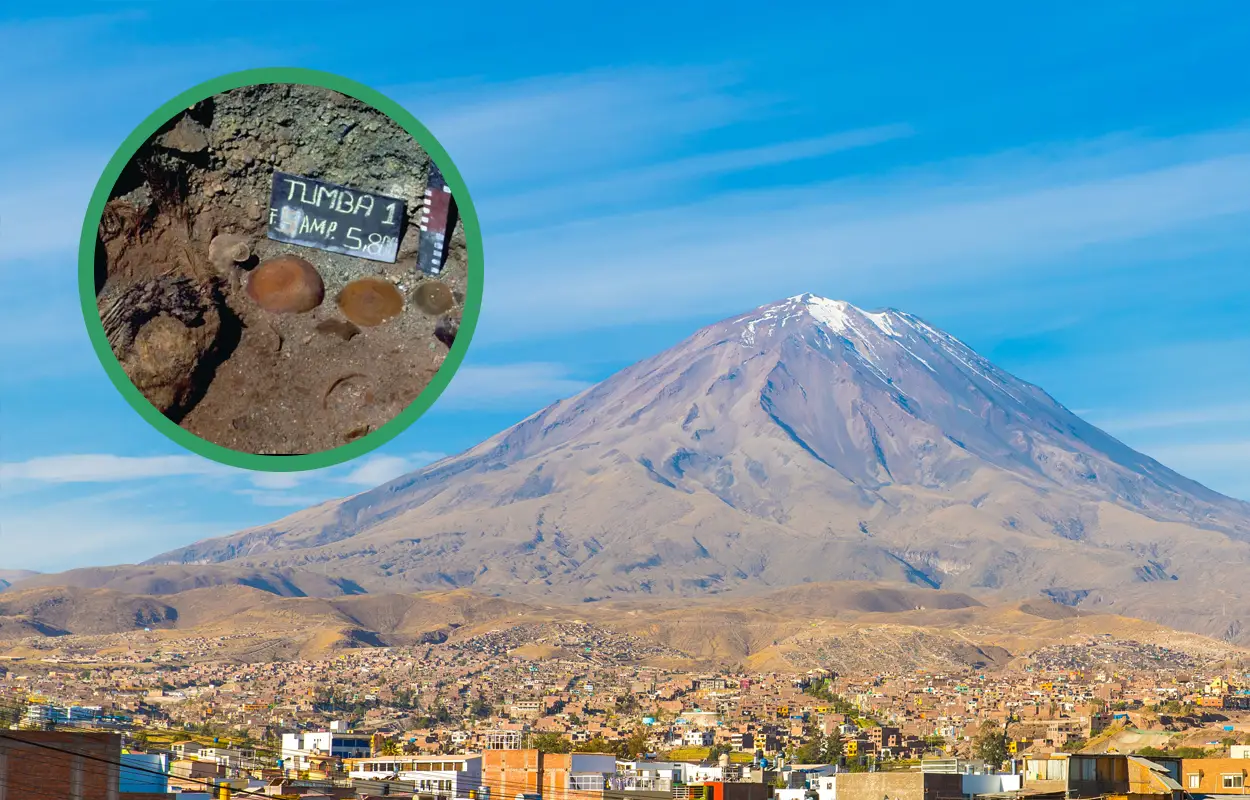Inca ceramics were key to the Incas’ ritualistic control over their vast empire, which they managed through a combination of military strength and religious authority.
A significant ritual that demonstrated their dominance was the capacocha ceremony, where children were sacrificed on mountain summits, accompanied by ceramic vessels that represented Inca imperialism, as explained by Dr. Sylwia Siemianowska from the Institute of Archaeology and Ethnology of the Polish Academy of Sciences (IAE PAN).
The capacocha ritual was practiced around 500 years ago on mountains across Peru, Chile, Argentina, and Ecuador. The Inca believed that the sacrificed children served as divine messengers who carried offerings and requests to the gods.
Dr. Siemianowska’s recent publication, Lo que pertenece a las divinidades, catalogues Inca ceramics discovered alongside sacrificed children on the peaks of Peru’s Misti and the Ampato volcanoes.
In 2020, Dagmara Socha from the Andean Research Centre at the University of Warsaw, discovered the sacrificial burials of children aged between 6 and 13, who were buried alongside 47 figurines made of gold, silver, and copper, in addition to stone vessels, Spondylus shell artefacts, and 32 ceramic vessels.
On Ampato, the researcher found child burials alongside 37 ceramic vessels. Together with the vessels found in the Misti burials, they are now housed in the collection of the Peruvian Museo Santuarios Andinos in Arequipa.
Throughout the Inca Empire, ceramics were integral to burial and ritual practices, including honouring the deceased, a gift for the deceased, and performing ritual toasts. These vessels, each designed for a particular purpose, commonly took the form of jugs, pots, bowls, and plates, with examples varying in size and types of decorative patterns.
An archaeological analysis of ceramics from the Misti and Ampato peaks reveals that pairs of puccu plates (small, flat bowls or plates), bowls, and Inca aryballos were frequently present in capacocha ceremonies. The aryballos, in particular, often held ceremonial chicha in these ritual settings.
“It is a kind of gift for a deity. This can be seen, for example, during the sun ceremony described in historical sources, when the Inca held two cups in his hands. He drank chicha from one, and offered it to the Sun from the other cup. One cup was for him, the other was for the deity,” the researcher described.
Other small but well-sealed vessels were used to make so-called substitute offerings. “For example, lamia blood was mixed with powdered Spondylus shell and such vessels were thrown towards volcanoes to make an offering. Since we cannot reach the center of the volcano directly, we make a symbolic offering through a vessel filled with gifts.”
Header Image Credit : Museo Santuarios Andinos UCSM
Sources : PAP





